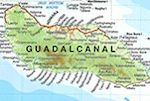Tetere
Beach WWII Museum, Hell's Point, Alligator Creek
By
Richard Moore
Pictures
of Tetere Beach WWII Museum
Pictures
of WWII Sites
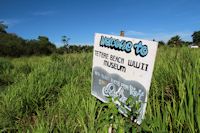 The
island of Guadalcanal is rich in World War Two history
which, we know, comes as no surprise as it was one of
the key battlegrounds of the Pacific War.
The
island of Guadalcanal is rich in World War Two history
which, we know, comes as no surprise as it was one of
the key battlegrounds of the Pacific War.
On
our last morning in the Solomon Islands we left Honiara
heading east because I was desperate to see the araea
around the Battle of Tenaru, or Alligator Creek, and
I'd heard good things about an outdoor museum with huge
numbers of US Amtracks.
The
Amtracks were amphibious landing craft that could make
their way inland to better protect seaborne troops.
At
the Tetere Beach WWII Museum there are scores of the
vehicles within its grounds.
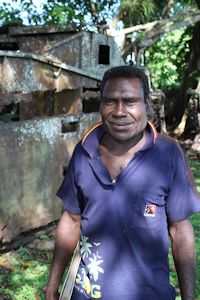 They
are in all sorts of conditions and make for quite an
amazing sight, with many of them proving to be giant
plant containers with now grown trees emerging from
their interiors or twisting through gaps in their metal
plates.
They
are in all sorts of conditions and make for quite an
amazing sight, with many of them proving to be giant
plant containers with now grown trees emerging from
their interiors or twisting through gaps in their metal
plates.
The
museum also has a massive range of WW2-vintage softdrink
bottles used by American troops.
One
of the perks of visiting the museum is that you get
to meet the owner of the museum, Sammy Basoe.
Basoe
is an enthusiastic expert on the war and he has put
together a fascinating dossier detailing the fighting
on land, sea and air.
Between
Tetere Beach and Honiara lies Hell’s Point – a major
ammunition dump during WWII – and a place that is off
limits to visitors because of the dangers of live ordnance
that still lies there.
It
is a shame because not far from the road are several
destroyed Japanese tanks.
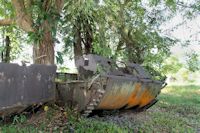 Just
down the main road from Hell’s Point we went across
country to get to the site of the Battle of Tenaru,
or Alligator Creek, where a Japanese night attack was
destroyed by US machinegun fire after Vouza’s courageous
warning.
Just
down the main road from Hell’s Point we went across
country to get to the site of the Battle of Tenaru,
or Alligator Creek, where a Japanese night attack was
destroyed by US machinegun fire after Vouza’s courageous
warning.
Not
far from the rivermouth is a shrine to the Japanese
dead called the Ichiki Memorial after the colonel of
the regiment.
A
few kilometres further east we pulled up to Beach Red
where the Allies first landed on Guadalcanal.
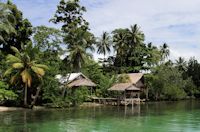
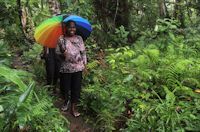
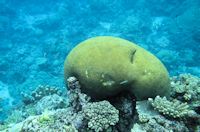
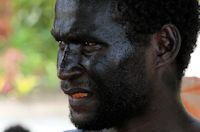

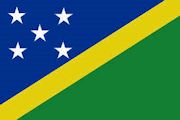

 They
are in all sorts of conditions and make for quite an
amazing sight, with many of them proving to be giant
plant containers with now grown trees emerging from
their interiors or twisting through gaps in their metal
plates.
They
are in all sorts of conditions and make for quite an
amazing sight, with many of them proving to be giant
plant containers with now grown trees emerging from
their interiors or twisting through gaps in their metal
plates.




